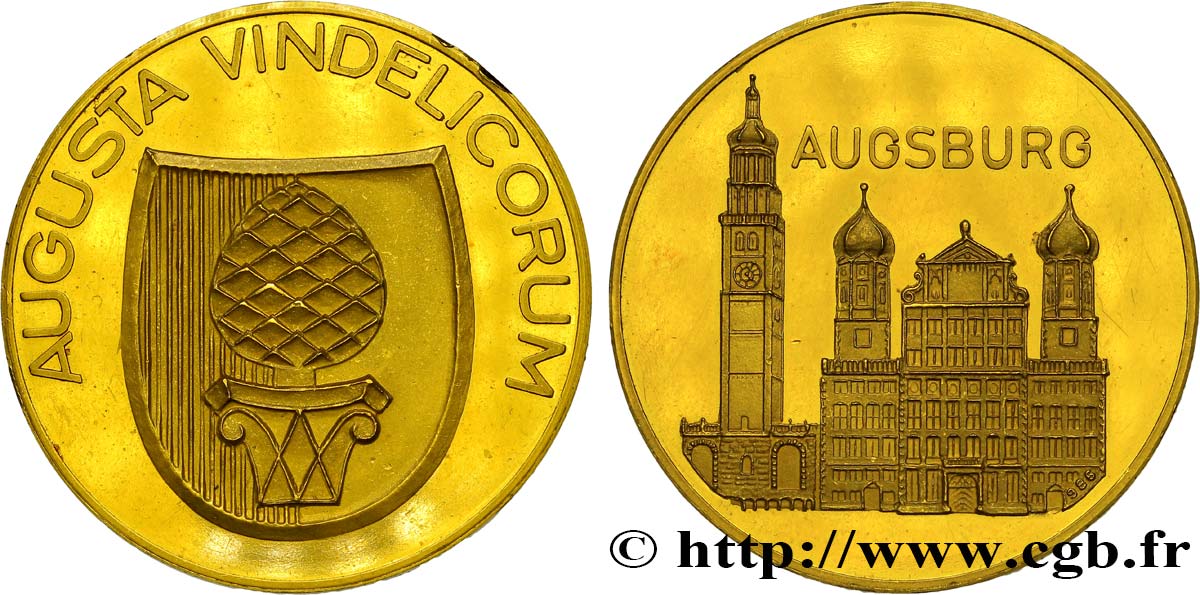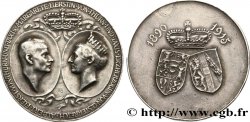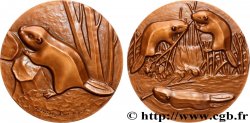Zurück 1/1
Live auction - fme_366412 - DEUTSCHLAND Médaille de la ville d’Augsbourg
Sie müssen angeschlossen sein und von cgb.fr genehmigt werden, um in einer E-Auktion teilzunehmen.Melden Sie sich an, um zu wetten..Die Kontobestätigungen sind innerhalb von 48 Stunden nach Ihrer Anmeldung gemacht.Warten Sie nicht bis die letzten zwei Tage vor dem Abschluss eines Verkaufs, um Ihre Registrierung abzuschließen. Klickend "BIETEN" verpflichten Sie sich vertraglich, diesen Artikel zu kaufen und Sie nehmen ohne Reserve die allgemeinen Verkaufsbedingungen für den live auctions zu cgb.fr an.
Der Verkauf wird an der Zeit auf der Übersichtsseite angezeigt geschlossen werden. Angebote, die nach der Schließung Zeit empfangen sind, werden nicht gültig.
Bitte beachten Sie, dass die Fristen für die Einreichung Ihres Angebots auf unsere Server können variieren und es kann zur Ablehnung Ihres Angebots entstehen, wenn es in den letzten Sekunden des Verkaufs gesendet wird. Die Angebote sollen mit ganzer Zahl ausgeführt sein, Sie können Kommas oder des Punktes in Ihrem Angebot nicht erfassen. Bei Fragen klicken Sie hier, um einen Blick auf die FAQ Live-Auktionen.
Alle Gewinngebote unterliegen einem Aufschlag von 18 % für Verkaufskosten.
Alle Gewinngebote unterliegen einem Aufschlag von 18 % für Verkaufskosten.
| Schätzung : | 900 € |
| Preis : | 450 € |
| Höchstgebot : | 493 € |
| Verkaufsende : | 31 Oktober 2017 17:40:04 |
| Bieter : | 1 Bieter |
Type : Médaille de la ville d’Augsbourg
Datum: n.d.
Name der Münzstätte / Stadt : Allemagne, Aubsburg
Metall : Gold
Der Feingehalt beträgt : 0.986 ‰
Durchmesser : 35 mm
Stempelstellung : 12 h.
Gewicht : 20,85 g.
Rand lisse
Kommentare zum Erhaltungszustand:
Magnifique exemplaire sans usure, si ce ne sont quelques hair lines et un coup sur la tranche
Vorderseite
Titulatur der Vorderseite AVGUSTA VINDELICORUM.
Beschreibung Vorderseite Blason de la ville avec une pomme de pin posée sur le chapiteau d’une colonne.
Rückseite
Titulatur der Rückseite AUGSBURG.
Beschreibung Rückseite Vue de la Rathausplatz avec la Basilique et l’Hôtel de ville.
Kommentare
Magnifique médaille avec la vue de la Basilique Saint-Ulrich-et-Sainte-Afre et de l’Hôtel de ville, bâti par Elias Holl, qui contient la célèbre Salle dorée, avec ses murs et plafonds recouverts d'or, de peintures et de sculptures représentant d'un côté les empereurs romains chrétiens et de l'autre les empereurs romains non-chrétiens. La Salle dorée est connue aussi pour sa grande superficie, occupant le tiers du bâtiment.
Augsbourg (allemand Augsburg) est une ville allemande située dans le Land de Bavière, en Souabe bavaroise, sur la Route romantique. Ville universitaire et industrielle, Augsbourg est le chef-lieu du district de Souabe (Regierungsbezirk Schwaben), de l'arrondissement d'Augsbourg (Landkreis) et le siège d'un diocèse catholique. Ses palais, ses églises et son hôtel de ville reflètent son âge d'or, lorsqu'elle était aux XVe et XVIe siècles une ville de premier rang en Europe. La ville a actuellement environ 276 000 habitants (276 542 au 31 décembre 2013) et est ainsi, après Munich et Nuremberg, la troisième ville de Bavière. Son nom vient du latin Augusta Vindelicorum.
Magnificent medal with the view of the Basilica of Saints Ulrich and Afra and the Town Hall, built by Elias Holl, which contains the famous Golden Hall, with its walls and ceilings covered in gold, paintings and sculptures representing on one side the Christian Roman emperors and on the other the non-Christian Roman emperors. The Golden Hall is also known for its large surface area, occupying a third of the building. Augsburg (German Augsburg) is a German city located in the state of Bavaria, in Bavarian Swabia, on the Romantic Road. A university and industrial city, Augsburg is the capital of the district of Swabia (Regierungsbezirk Schwaben), of the district of Augsburg (Landkreis) and the seat of a Catholic diocese. Its palaces, churches and town hall reflect its golden age, when in the 15th and 16th centuries it was a leading city in Europe. The city currently has about 276,000 inhabitants (276,542 as of December 31, 2013) and is thus, after Munich and Nuremberg, the third largest city in Bavaria. Its name comes from the Latin Augusta Vindelicorum
Augsbourg (allemand Augsburg) est une ville allemande située dans le Land de Bavière, en Souabe bavaroise, sur la Route romantique. Ville universitaire et industrielle, Augsbourg est le chef-lieu du district de Souabe (Regierungsbezirk Schwaben), de l'arrondissement d'Augsbourg (Landkreis) et le siège d'un diocèse catholique. Ses palais, ses églises et son hôtel de ville reflètent son âge d'or, lorsqu'elle était aux XVe et XVIe siècles une ville de premier rang en Europe. La ville a actuellement environ 276 000 habitants (276 542 au 31 décembre 2013) et est ainsi, après Munich et Nuremberg, la troisième ville de Bavière. Son nom vient du latin Augusta Vindelicorum.
Magnificent medal with the view of the Basilica of Saints Ulrich and Afra and the Town Hall, built by Elias Holl, which contains the famous Golden Hall, with its walls and ceilings covered in gold, paintings and sculptures representing on one side the Christian Roman emperors and on the other the non-Christian Roman emperors. The Golden Hall is also known for its large surface area, occupying a third of the building. Augsburg (German Augsburg) is a German city located in the state of Bavaria, in Bavarian Swabia, on the Romantic Road. A university and industrial city, Augsburg is the capital of the district of Swabia (Regierungsbezirk Schwaben), of the district of Augsburg (Landkreis) and the seat of a Catholic diocese. Its palaces, churches and town hall reflect its golden age, when in the 15th and 16th centuries it was a leading city in Europe. The city currently has about 276,000 inhabitants (276,542 as of December 31, 2013) and is thus, after Munich and Nuremberg, the third largest city in Bavaria. Its name comes from the Latin Augusta Vindelicorum








 Berichten über einen Fehler
Berichten über einen Fehler Die Seite drucken
Die Seite drucken Teilen meiner Auswahl
Teilen meiner Auswahl Stellen Sie eine Frage
Stellen Sie eine Frage Einlieferung/Verkauf
Einlieferung/Verkauf
 Details
Details















